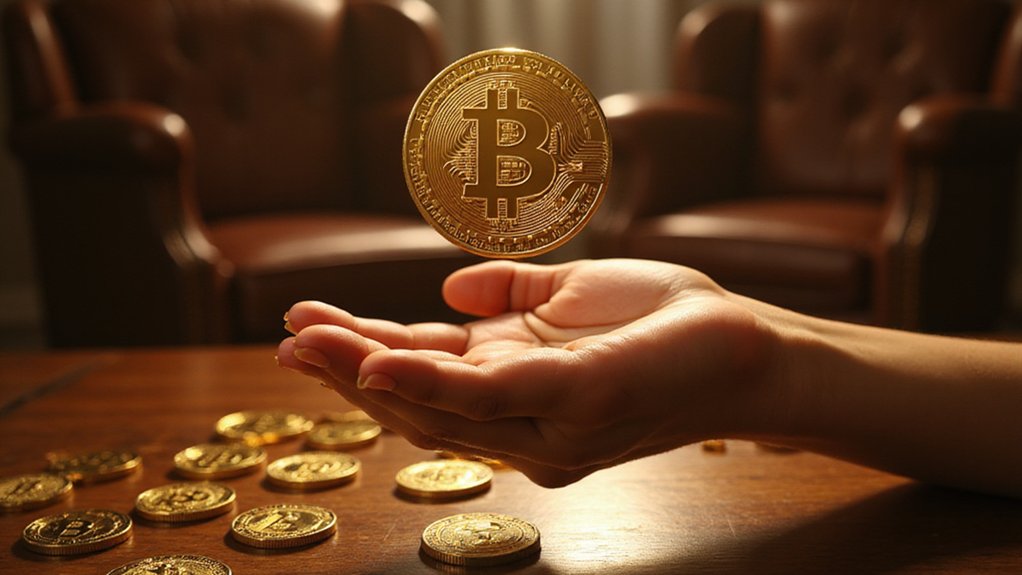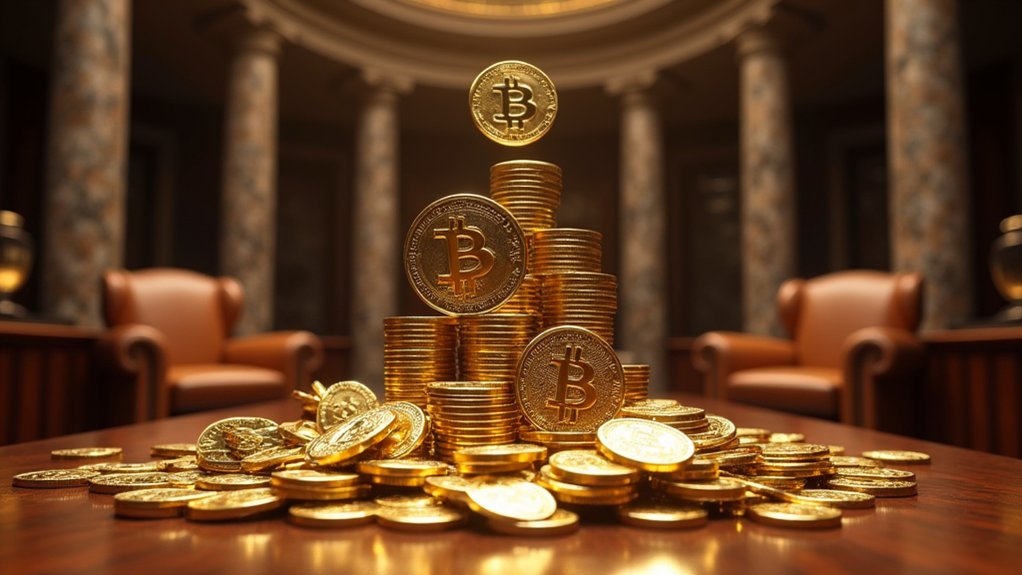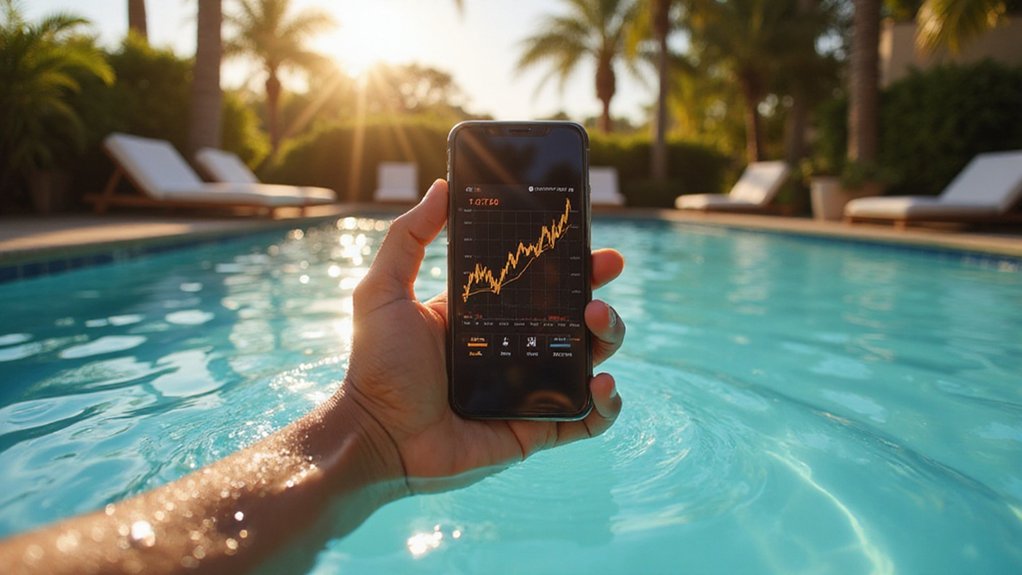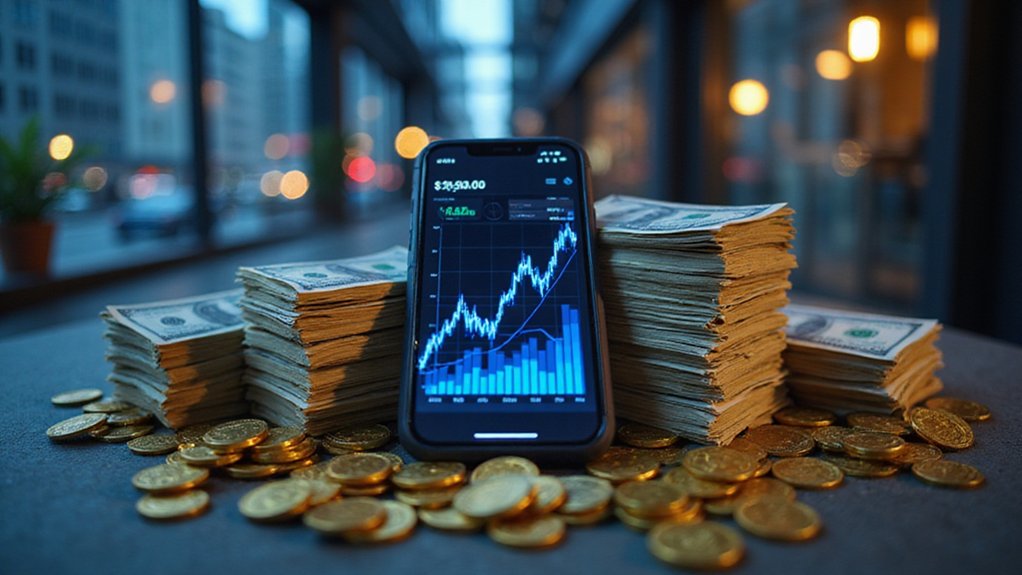Ambition, it seems, knows no bounds in the crypto-industrial complex, where the Trump family’s latest venture—World Liberty Financial—now seeks to crystallize approximately $1.5 billion in funding for a publicly traded treasury company that would hold WLFI tokens alongside traditional cash assets.
The structure mirrors MicroStrategy‘s successful playbook (now rebranded as Strategy), which transformed from a software company into a $113 billion Bitcoin treasury behemoth holding over $72 billion in digital assets.
Eric Trump and Donald Trump Jr. are slated to join the new company’s board of directors, lending familial gravitas to what amounts to a sophisticated financial engineering exercise. The initiative leverages an existing Nasdaq-listed shell company—a time-tested vehicle for bypassing the arduous IPO process while achieving public market legitimacy under U.S. regulatory oversight.
World Liberty Financial has already generated approximately $550 million through WLFI token sales, though these initially launched as non-transferable governance assets before the pivot toward open market tradability. The crypto project was first announced in fall 2024, establishing its relatively recent entry into the competitive digital asset landscape.
World Liberty Financial’s $550 million token raise evolved from restricted governance assets to tradeable market instruments.
The platform’s ecosystem extends beyond mere token speculation, encompassing USD1 (a dollar-backed stablecoin) and planned DeFi lending applications that suggest genuine utility aspirations rather than pure speculative fervor. For investors seeking additional revenue streams, the company could explore staking yields that significantly outperform traditional fixed-income instruments across various cryptocurrency assets.
This venture emerges within a broader institutional crypto adoption wave, where treasury companies have collectively raised $79 billion for Bitcoin acquisition in 2025 alone. Trump Media previously allocated $2 billion to Bitcoin reserves, establishing precedent within the family’s business portfolio.
The trend encompasses diversified digital asset holdings—Ethereum, Litecoin, Sui—representing sophisticated institutional investment strategies rather than mere cryptocurrency dabbling.
Global discussions with major technology and cryptocurrency investors are reportedly progressing rapidly, capitalizing on current market euphoria despite sustainability concerns. Recent regulatory changes signed by Trump address dollar-pegged stablecoins, potentially enhancing market stability for projects like World Liberty’s USD1 offering.
The regulatory environment appears favorable, particularly given pro-crypto executive orders encouraging 401(k) crypto investments—policies the Trump family actively supports.
Whether this ambitious treasury structure can maintain investor confidence amid crypto volatility remains uncertain.
Yet the combination of Trump brand recognition, strategic Nasdaq positioning, and institutional crypto acceptance creates compelling conditions for what could become another notable case study in the evolving intersection of traditional finance and digital assets.
The deal structure continues evolving based on investor feedback and market dynamics.









